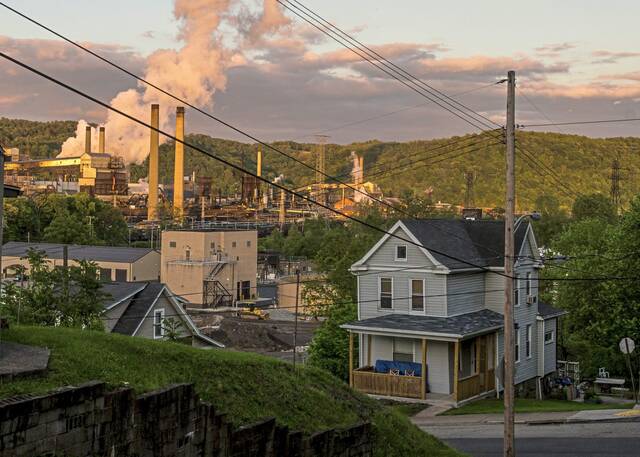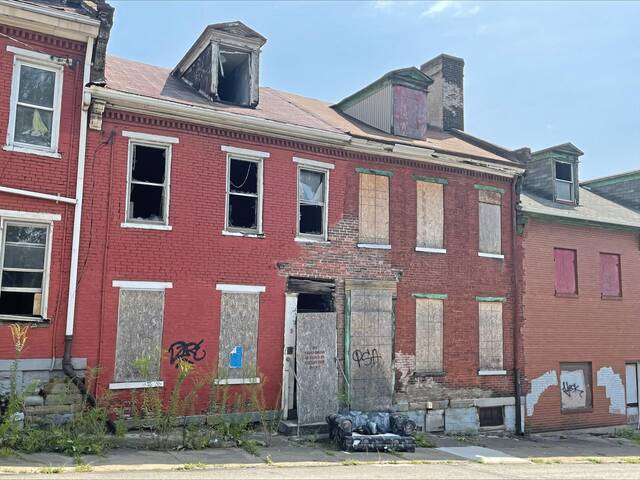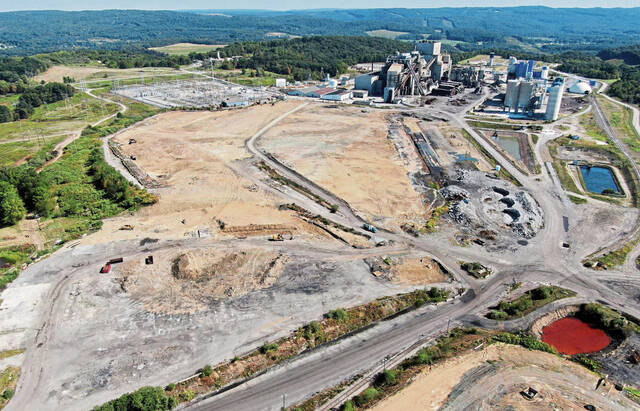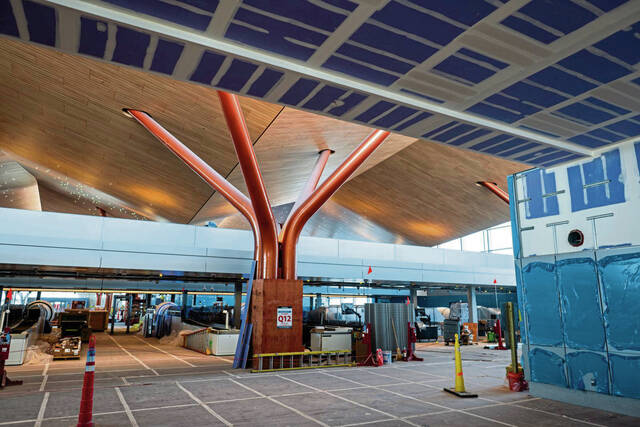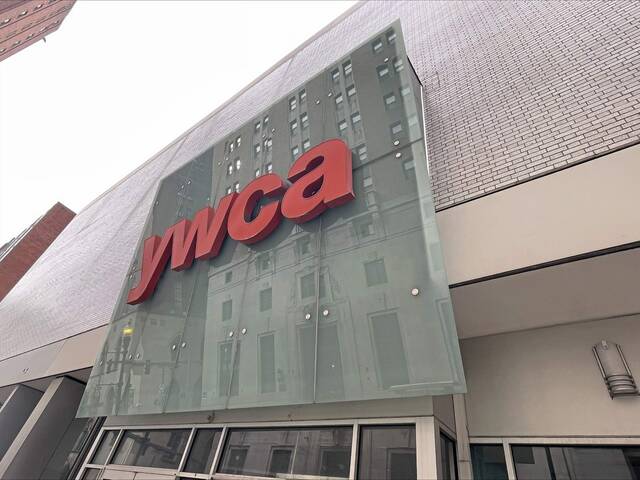Allegheny County yet again has been maligned for its allegedly dangerous air quality. But this time around, it’s not from the usual suspect, that being the American Lung Association (ALA) and years of misrepresenting local air quality.
No, this time it’s the University of Wisconsin, which recently claimed that Allegheny County has the worst air quality in Pennsylvania.
But, “That claim is based on flawed arguments and inadequate attention to air quality data,” concludes Jake Haulk, president-emeritus of the Allegheny Institute for Public Policy.
It was last month that a local newspaper reported how, based on a University of Wisconsin analysis, that the “average daily density of fine particulate matter in Allegheny County as measured by micrograms per cubic meter was 14.1 in the report — the highest in Pennsylvania — based on 2019 data.”
But that interpretation contains serious flaws and inaccuracies.
“First, the measurement of particulate matter (called pm2.5 by the Environmental Protection Agency) density is from 2019,” Haulk points out. “That is four years ago and was the highest annual average measurement at one monitor. It tells us nothing about current pollution.
“Clearly, the air quality in the county should not be determined by measurements at one monitor when other monitors have lower readings,” he stresses. “The highest reading was posted at one of three monitors in Liberty Borough, all fairly near a coke plant. There were 11 other monitors in the county.”
And as the Allegheny Institute has noted previously in debunking the ALA’s claims, such single-monitor conclusions violate EPA guidance, which state that its monitoring data “represent the quality of air in the vicinity of the monitoring site and, for some pollutants, may not necessarily represent urban-wide air quality.”
The 2019 average of all the annual readings for the 14 monitors in Allegheny County was 9.9 micrograms per cubic meter.
The EPA sets the acceptable annual average concentration of pm2.5 as measured by a particulate monitor at 12 micrograms per cubic meter of air. Measurements above that are called exceedances.
“Note that the three measurements in Liberty Borough are typically the three highest in the county,” Haulk reminds. “Liberty Borough is clearly over-represented in the 14-monitor average.
“Moreover, and even more important, is that the area of Liberty Borough is only 1.46 square miles or 0.2% of the county’s 745 square mile area (including water-covered area),” the researcher adds. “Then, too, the borough’s population is also 0.2% of the county population (all data from EPA monitor data website).”
All this said, it’s important to note that particulate matter readings at several Allegheny County monitor locations have fallen since 2019.
The offending monitor at Liberty Borough dropped from 14.1 to 12.6 in 2022 and the average of three monitors in the borough fell from 12.8 to 11.3. In fact, the average measurement of 11 monitors in other municipalities dropped from 9.1 to 8.3 in 2022 with only two failing to improve.
“(U)sing the methodology that labels the county with the highest single monitor reading in the state as having the worst air quality in the state would now replace Allegheny County with Lancaster County, where a monitor posted a 14.8 microgram per cubic meter reading for 2022,” Haulk says. “And that, too, would be highly questionable since that county’s four other monitor particulate matter measurement averaged 7.7.”
Moreover, in 2022 Philadelphia had an average of 8.7 at eight monitors with no large outliers while Cambria County’s two monitors averaged 10 micrograms per cubic meter. And Washington County’s three monitors averaged 8.5 (note that only 31 of Pennsylvania counties have monitors).
“Simply put, based on the measurements in other Pennsylvania counties and the absence of monitors in large areas of Allegheny County, it is unreasonable to claim Allegheny County air is the worst in the state based on one monitor in the worst air quality area of the county,” Haulk concludes.


